Going native is still a big garden design trend in 2025. Native plants are “at home” in our specific area, and over time have adapted to our local climate. They have integrated themselves into our ecosystem and are counted on by wildlife, like bees and butterflies, to provide a food and shelter source.
Swaths of native plants, like a native wildflower meadow, not only look beautiful, but can help impede the progress of invasive plants that can quickly overtake an area. (I am looking at you Kudzu!) And, good news for the busy homeowner, native plants are easy to maintain. Over many hundreds of years, they have adjusted to our Southern climate and need little supplemental watering or treatment with fertilizers and pesticides. Native plants can also improve water quality, reduce erosion and help maintain good soil conditions.
Make it a goal this spring to add a few native plants to your garden, and you will help beneficial insects, bees, butterflies, birds and other wildlife to flourish. The UGA Cooperative Extension (extension.uga.edu/publications) and the Georgia Native Plant Society (gnps.org) provide lists of native plants that thrive in Georgia.
Here are a few of my favorite native plants for the Georgia garden:
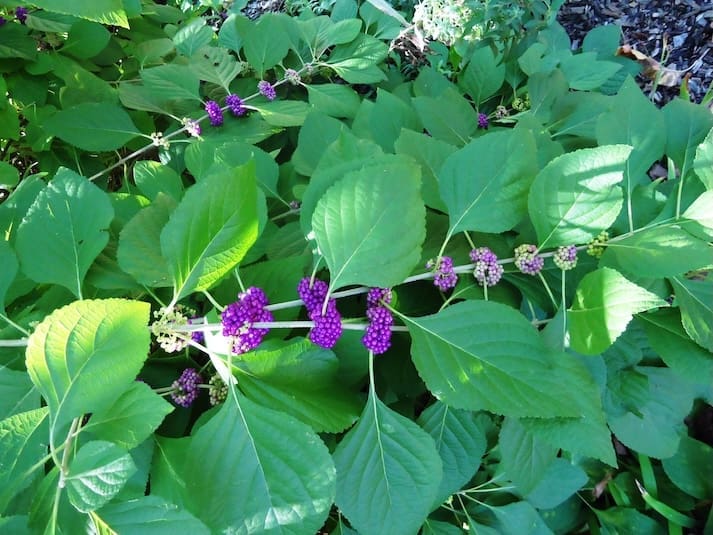 American Beautyberry (Callicarpa americana) – an attractive shrub that likes partial-sun, with flower clusters in the spring and beautiful purple clusters of berries in the fall that add a splash of color to the garden and attract song birds and other wildlife.
American Beautyberry (Callicarpa americana) – an attractive shrub that likes partial-sun, with flower clusters in the spring and beautiful purple clusters of berries in the fall that add a splash of color to the garden and attract song birds and other wildlife.
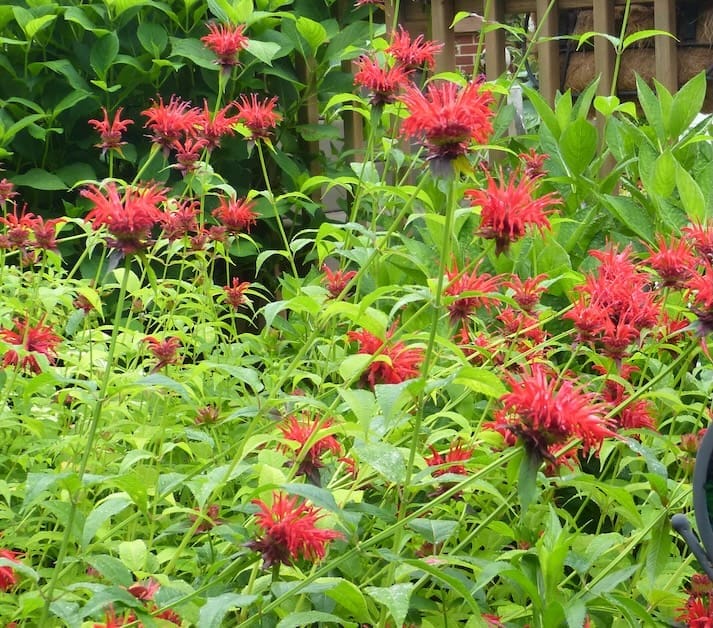 Bee Balm (Monarda didyma) – a native wildflower, prized by Native Americans for its medicinal purposes, with stunning scarlet red clusters of flowers that are adored by butterflies, especially our state butterfly, the Eastern tiger swallowtail, and by hummingbirds and other pollinators.
Bee Balm (Monarda didyma) – a native wildflower, prized by Native Americans for its medicinal purposes, with stunning scarlet red clusters of flowers that are adored by butterflies, especially our state butterfly, the Eastern tiger swallowtail, and by hummingbirds and other pollinators.
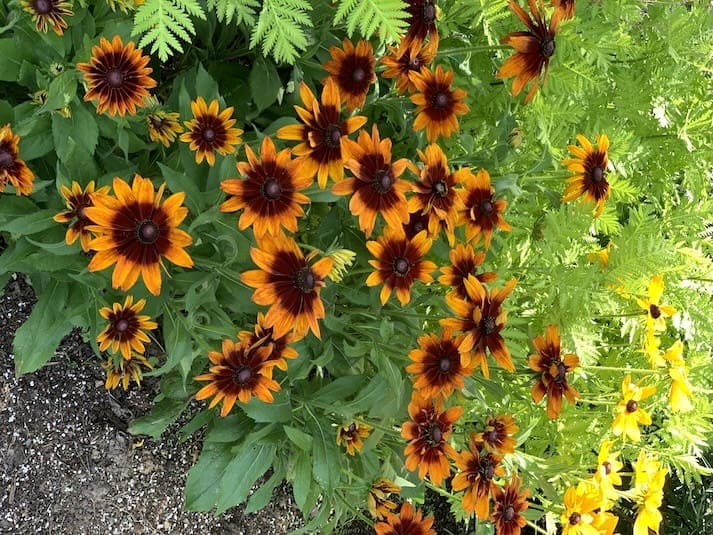 Black-Eyed Susan (Rudbeckia hirta) – A cheerful summer plant, with blooms in hues of yellow, orange, gold and bronze, that attract pollinators. Favorite varieties include ‘Prairie Sun,’ ‘Cherokee Sunset,’ and Indian Summer.’
Black-Eyed Susan (Rudbeckia hirta) – A cheerful summer plant, with blooms in hues of yellow, orange, gold and bronze, that attract pollinators. Favorite varieties include ‘Prairie Sun,’ ‘Cherokee Sunset,’ and Indian Summer.’
Common Milkweed (Asclepias syriaca) or Butterfly Milkweed (Asclepias tuberosa) – the leaves of these plants are the sole food source for the Monarch butterfly caterpillars, so if you are interested in helping to save the endangered Monarch butterfly, plant these for their caterpillars!
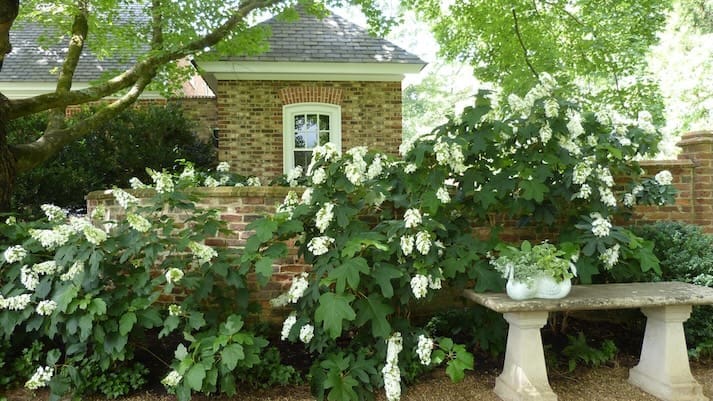 Oakleaf Hydrangea (Hydrangea quercifolia) is a deciduous shrub with four season interest. It features gorgeous, large, cone-shaped white flowers in the spring. The leaves turn shades of red and purple in the fall and the bare cinnamon-colored stems and peeling bark offer winter interest.
Oakleaf Hydrangea (Hydrangea quercifolia) is a deciduous shrub with four season interest. It features gorgeous, large, cone-shaped white flowers in the spring. The leaves turn shades of red and purple in the fall and the bare cinnamon-colored stems and peeling bark offer winter interest.
 Southern Magnolia (Magnolia grandiflora ‘Little Gem’) – a dwarf variety of the much-larger Southern magnolia tree, the ‘Little Gem’ has the same large, fragrant, white waxy blooms so prized by Southerners for flower arrangements, but this tree fits into smaller gardens in full sun.
Southern Magnolia (Magnolia grandiflora ‘Little Gem’) – a dwarf variety of the much-larger Southern magnolia tree, the ‘Little Gem’ has the same large, fragrant, white waxy blooms so prized by Southerners for flower arrangements, but this tree fits into smaller gardens in full sun.







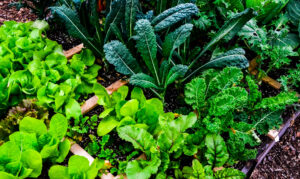
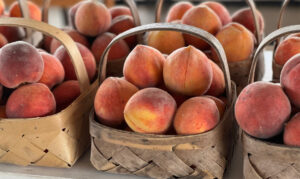
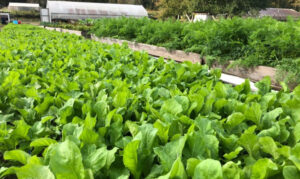
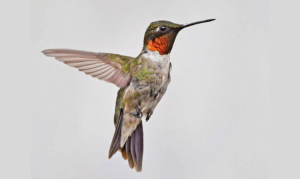
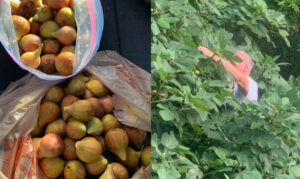
Leave a Comment
You must be logged in to post a comment.